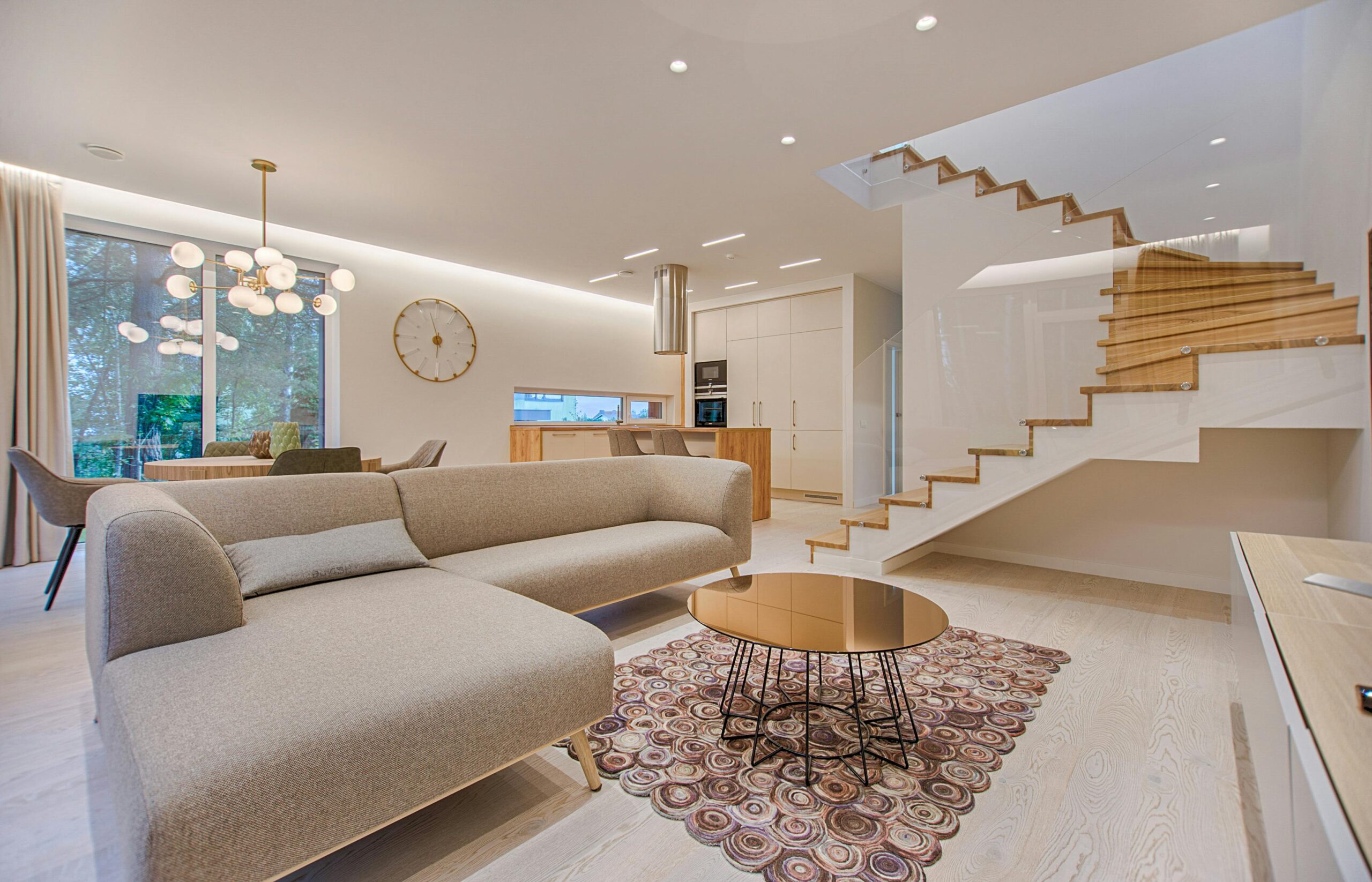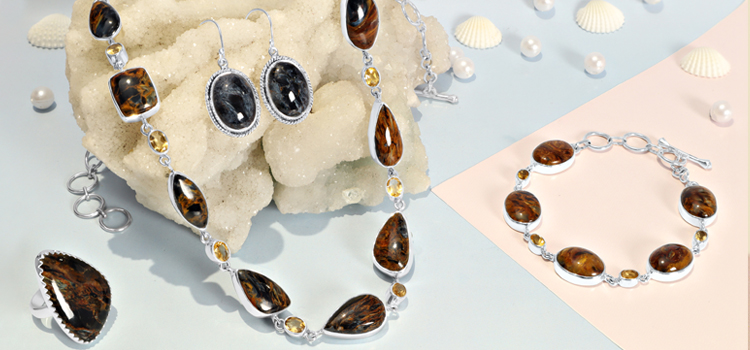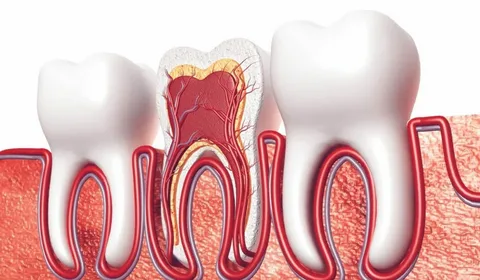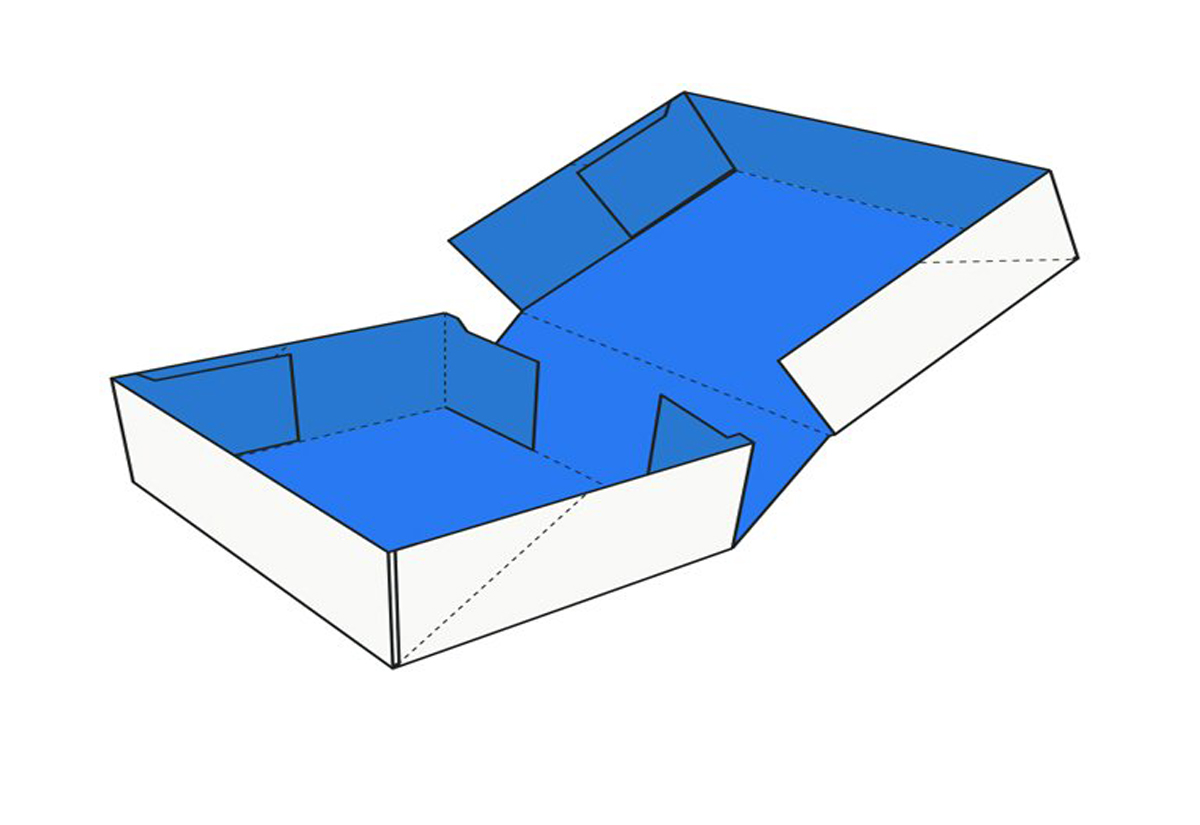
Introduction
Interior design is more than just choosing a few pieces of furniture or picking a paint color—it’s the art and science of enhancing the interior of a space to create an environment that’s both functional and aesthetically pleasing. Whether it’s your home, office, or a commercial property, interior design plays a vital role in how a space feels and functions .plays a vital role in how a space feels and functions.
What Is Interior Design?
At its core, interior design involves planning, researching, coordinating, and managing interior spaces. Designers consider architecture, color theory, lighting, furniture arrangement, and spatial flow to create a cohesive look that aligns with the client’s needs and personality.
Interior designer isn’t just about making things look good—it’s about making spaces work well for the people who use them.
Why Interior Design Matters
Improves Functionality
A well-designed space isn’t just beautiful—it’s practical. Interior designers make sure every inch of the room is used efficiently, often adding custom storage solutions and smart layouts that enhance everyday living.
Boosts Mood and Productivity
Colors, lighting, and even furniture placement can significantly affect our emotions and performance. For example, natural lighting and calming colors in a home office can boost productivity and reduce stress.
Adds Value to Property
Thoughtful interior designer can increase the market value of a property. A stylish, well-organized space is far more attractive to potential buyers or renters.
Reflects Personality
Your space should tell your story. Interior designers allows you to express your tastes, lifestyle, and values through customized choices—whether it’s a cozy boho vibe or sleek modern minimalism.
Key Elements of Interior Design
Color – Sets the tone and mood of the space. Cool tones for relaxation, warm tones for energy.
Lighting – Combines natural and artificial light to highlight features and improve visibility.
Space Planning – Ensures efficient use of space and traffic flow.
Furniture & Decor – Carefully chosen to complement the design concept and serve functional needs.
Textures & Materials – Add depth and character, from soft fabrics to rustic woods or polished metals.
For More Visit Website: interior designer
Trending Interior Design Styles in 2025
-
Minimalist : Clean lines, neutral tones, and clutter-free living.
-
Biophilic Design : Integrating nature through indoor plants, natural light, and earthy materials.
-
Scandinavian : A mix of simplicity, functionality, and comfort.
-
Industrial : Exposed bricks, metal finishes, and raw textures.
-
Maximalist : Bold patterns, layered textures, and vibrant colors.
Each style can be tailored to individual preferences, proving there’s no one-size-fits-all when it comes to great interior design.
Tips for Getting Started with Interior Design
Define Your Style : Browse design magazines, Pinterest, or Instagram to find inspiration.
Set a Budget : Know what you’re willing to spend, and prioritize essentials.
Start Small : Redesign one room at a time to avoid feeling overwhelmed.
Consult a Professional : Interior designers can save you time, money, and mistakes.
Mix High and Low : Blend high-end pieces with affordable finds for a curated look.
Final Thoughts
Interior design isn’t just for luxury homes or magazine spreads—it’s for anyone who wants to feel good in their space. Whether you’re doing a full home renovation or just refreshing a single room, the right design can make all the difference. It’s about creating a space that looks amazing and feels like home .
FAQs
Q: Is hiring an interior designer worth it?
A: Absolutely. A professional can help avoid costly mistakes, provide creative ideas, and bring your vision to life while staying within your budget.
Q: Can I do interior design on a small budget?
A: Yes! With creativity and smart planning, you can achieve beautiful results without breaking the bank.
Q: What’s the difference between interior decorating and interior design?
A: Interior decorating focuses on aesthetics—furniture, paint, accessories. Interior design involves deeper planning, like structural layout, lighting, and functional use of space.
Q: How long does an interior design project take?
A: It depends on the scope—small room makeovers may take a few weeks, while full home projects can take several months.









